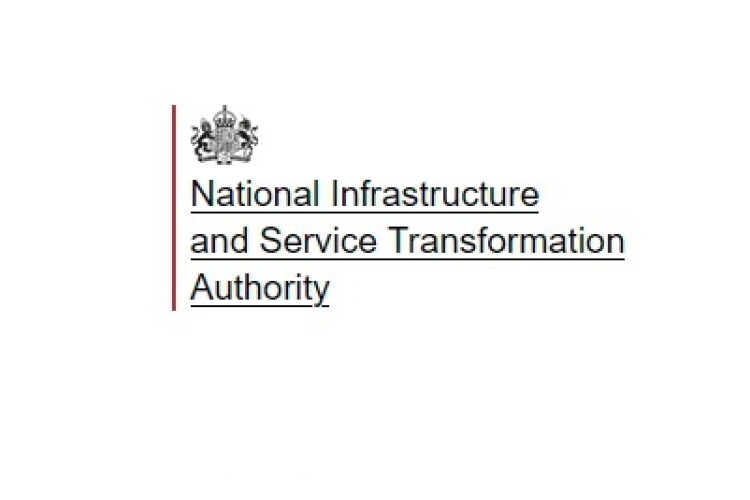The government has today delivered on its election promise to abolish its independent infrastructure advisory panel and subsume it into the Treasury.
The National Infrastructure Commission (NIC) and the Treasury’s Infrastructure & Projects Authority (IPA) have been merged to create a new body called the National Infrastructure & Service Transformation Authority (NISTA).
The NIC was created in 2015 to provide independent analysis and advice to the government to set out the UK’s long-term infrastructure needs. That its recommendations were so easily ignored by government – witness cancellation of the both northern legs of HS2 and slowness to deliver on energy projects – are testament to its failure. The NIC was meant to ‘take the politics out of infrastructure’ by building a consensus of experts. Yet infrastructure remains political – and prone to delays and cost over-runs.
In 2017 the NIC became an executive agency of the Treasury, thus losing its independence. Now the new government has gone a step further and merged it with the Cabinet Office’s own executive infrastructure office, the IPA.
While the National Infrastructure Commission has formally been abolished, the commissioners themselves – the independent experts – will now form an advisory council for NISTA. It is not yet clear how different, in practice, the NISTA Advisory Council will be from the National Infrastructure Commission.
Clearly the government is keen to be seen to be making changes but reluctant to lose the expertise that the NIC brought.
In a speech at Skanska’s UK head office in October, chief secretary to the Treasury Darren Jones explained the need for a projects restructure in Whitehall. “The National Infrastructure Commission, as we all know, has produced excellent strategic reports of what infrastructure the country needs and the Infrastructure & Projects Authority’s expertise and commitment to delivering critical infrastructure projects is unmatched. But the government has collectively still failed to deliver in the past. This is what we will change,” he said.

“Building on the work of the NIC and the IPA, NISTA will bring oversight of strategy and delivery into one organisation, developing and implementing our 10 year infrastructure strategy in conjunction with industry, while driving more effective delivery of infrastructure across the country. In short, it will bridge the gap between what we build and how we build it. It will be a crucial part of our plan to improve delivery.”
Today Darren Jones said: “NISTA will get a grip on the delays to infrastructure delivery that for too long have plagued our global reputation with investors. We are ushering in a new era for infrastructure delivery, restoring the confidence of businesses to invest and driving a decade of national renewal, powering growth across the country, and delivering on our Plan for Change.”
However, NISTA starts life with no chief executive and no national infrastructure strategy.
It is currently being led by Jean-Christophe Gray, whose previous jobs include being then prime minister David Cameron’s official spokesperson and private secretary to Prince William between 2021 and 2024. He joined the Cabinet Office last year.
A permanent chief executive of NISTA will be appointed “shortly”, the Treasury said, along with a new version of the 10-year infrastructure strategy, last published in 2020.
There is also Whitehall politics at play. NISTA is part of the Treasury, as was the NIC; the IPA was part of the Cabinet Office. The Treasury and the Cabinet Office are now working on a memorandum of understanding on the precise relationship between NISTA and the two departments.
Got a story? Email news@theconstructionindex.co.uk



